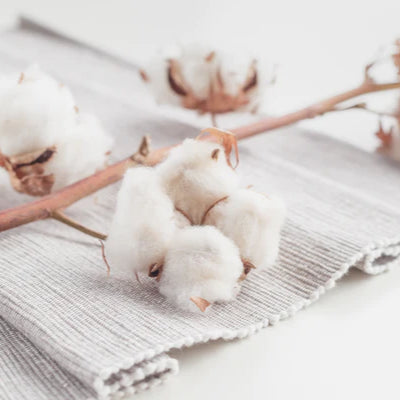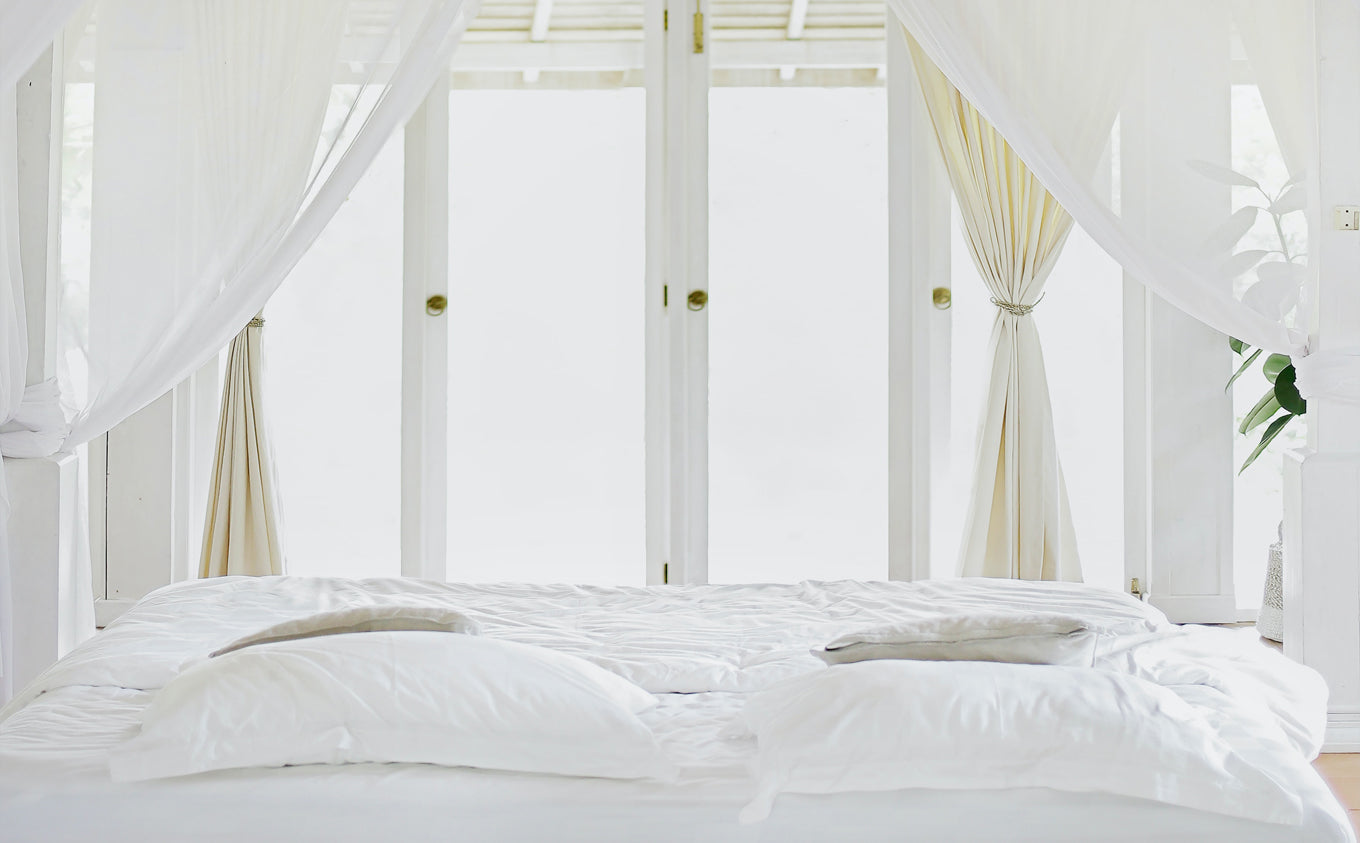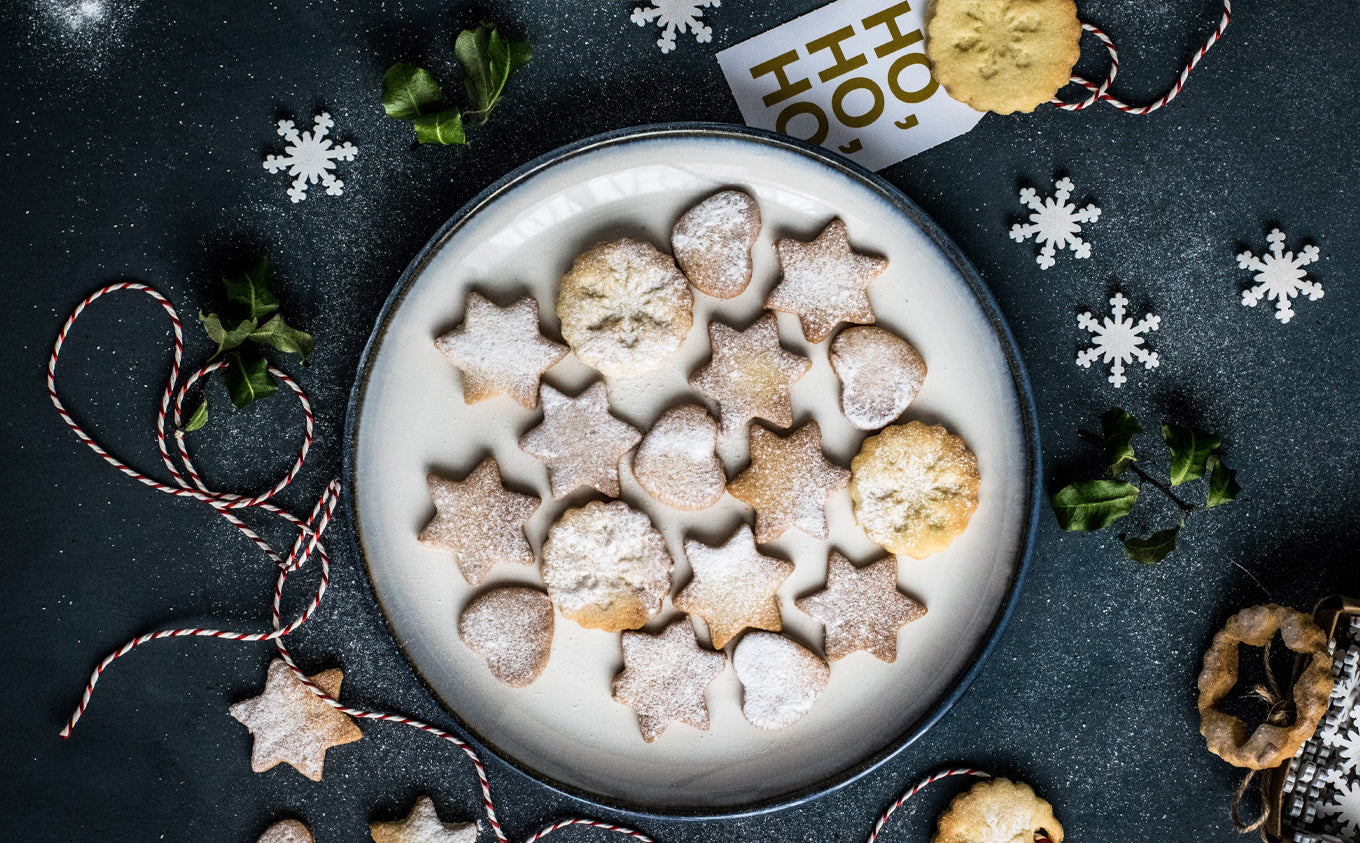If you read our blog, chances are you are concerned about the level or toxins and chemicals we face on a daily basis. From our food to our bedding, harmful chemicals can be found almost everywhere these days, and we need to take it upon ourselves to limit our own personal chemical load as much as possible.
One of the best ways to reduce the amount of toxins we come into contact with is to ditch chemical filled home cleaners in favor of non-toxic options.
In today’s post, we’re sharing everything you need to know to keep your home clean and toxin free.
What to Avoid

Most of the cleaners sitting on store shelves today are filled with a cocktail of chemicals that have been connected to everything from respiratory issues to cancer.
This report from the EWG (Environmental Working Group) is an excellent resource for understanding the effects that these products can have on us.
While this is by no means an exhaustive list, the following are chemicals that you definitely want to avoid in your products.
- Sodium Hydroxide
- Phthlalates (i.e. fragrance or parfum)
- Chlorine
- Perchloroethylene
- Ammonia
- Triclosan
- 2-Butoxyethanol
Best Store Bought Non-Toxic Cleaners
Making your own cleaning products is one of the best ways to cut down on the level of chemicals in your home but understandably, not everyone wants to make their own products! While we can vouch for the fact that homemade cleaners can be super easy to make and use, we also get that it’s not for everyone.
When shopping for non-toxic cleaning products, make sure they don’t contain the harmful chemicals we listed above. The Environmental Working Group reviews and ranks thousands of ingredients and products to let you know whether or not they are safe to use. Just type in the product or ingredient name into their new app to discover its ranking as well as possible side effects.
Some of our favourite green cleaners include
If you’re ready to take your home cleaning to the next level, keep reading for all the deets on DIY.
Star Ingredients for Homemade Cleaning Products
One of the best things about DIY cleaning is that your whole home can be cleaned with just a few natural ingredients. The following are all you need to make super effective products that will clean your home from top to bottom.
- Baking Soda
No DIY home is complete without a big box of baking soda. This one is a must! Baking soda works in three ways: first, its gritty texture makes it a mild abrasive, so it can physically scrub away dirt, grim, and soap scum; second, it helps to cut through dirt and grease; and finally, it is a super effective deodorizer.
- White Vinegar
Vinegar is our second absolute must have. It cuts through grease and grime, disinfects, softens laundry, and cleans glass surfaces.
- Lemon Juice
Lemon juice is great for disinfecting surfaces and removing stains from clothing. Make sure you’re using fresh lemon juice- the bottled stuff from concentrate won’t cut it!
- Hydrogen Peroxide
Hydrogen peroxide is great for disinfection, and it can also be used to remove stains from clothing.
- Castile Soap
Castile soap is a vegetable-based soap that is great for cleaning away dirt, grease, and dust. It is generally quite concentrated and needs to be diluted. While there are a number of brands on the market, the most popular is Dr. Bronner’s.
- Vodka
Yup, it’s not just for martinis! Vodka is great for cleaning because it disinfects, cuts through grime and soap scum, and can be used as a base in air and furniture sprays. Cheap vodka works just as well as expensive vodka, so don’t worry about splurging here.
- Essential Oils

Essential oils are amazing in so many ways and that includes being powerful cleaners and disinfectants. There are lots of oils out there that are great for using in your cleaning products, but we’ve outlined the real superstars (and their benefits) below.
Keep in mind that not all oils are created equal, and their rise in mainstream popularity has brought a lot of sub-par brands to the market. Do a little background research to ensure that the oils you are using are good quality. Some brands we recommend include Saje Wellness, Mountain Rose Herbs, Doterra, and Young Living.
- Lemon: Antibacterial, antiviral, antifungal, degreaser, fresh scent
- Tea tree: Antibacterial, antiviral, antifungal, kills germs and mold
- Peppermint: Antibacterial, antifungal, antimicrobial, fresh “clean” scent
- Rosemary: Antibacterial, antifungal
- Eucalyptus: Antibacterial, antifungal, antiviral, disinfectant
- Lavender: Antibacterial, antifungal, antimicrobial, relaxing scent
- Cinnamon: Antibacterial, antifungal, antimicrobial, good for removing mold and mildew
- Pine: Antibacterial, antifungal, antimicrobial, good for removing mold and mildew
- Thyme: Antibacterial, antifungal, antimicrobial, antiviral, disinfectant.
Avoid Combining these Ingredients
While all of the above ingredients are fantastic, some of them are ineffective or even harmful when combined. Many cleaning recipes mistakenly combine these together, so keep an eye out when searching for useful recipes.
- Baking soda + vinegar
Individually, we love these two ingredients. Combined, not so much. The two actually reactivate each other, so you’re left with a fairly ineffective solution.
- Hydrogen peroxide + vinegar
This is the big one to avoid! Combining the two creates peracetic acid, which is corrosive and can damage your lungs, skin, and eyes.
- Castile soap + vinegar
Vinegar will break the soap down into its original oils, leaving you with an even bigger mess than you started with.
Also keep in mind that some of the above ingredients are not safe to use on all surfaces. Vinegar, hydrogen peroxide, lemon juice, and vodka, for example, shouldn’t be used on natural stone or marble. Double check ahead of time that the ingredients are suitable for the surfaces you’ll be using them on.
Must Have Tools
The following tools will help to keep your home spic and span and toxic free!
- Glass spray bottles
Use glass spray bottles for DIY cleaning sprays and air fresheners. You want to avoid using plastic spray bottles when possible because ingredients like essential oils and vodka can break down the plastic, causing chemicals to leach into your product.
- Scrub brushes
Cleaning brushes and old toothbrushes are perfect for scrubbing away dirt and grime.
- Microfiber cloths
Microfiber cloths are a fantastic cleaning product because they actually clean surfaces on their own without the need for any cleaning product at all. The cloths are made from thin polyester and nylon fibers, and the nature of the fibers is such that they can pick up dirt, oil, dust, and grime on their own, leaving your surfaces clean and germ free.
The cloths themselves are not environmentally friendly to produce, but using them removes the need for disposable clothes like paper towel and products (either homemade or DIY), so many people decide that their pros outweigh their cons.
Recipe Resources
Luckily, homemade cleaning products has become more and more popular in recent years and there are tons of blogs out there with great recipes. We recommend the following as a starting off point.
We hope this post helped you to see that non-toxic cleaning is not only a healthy choice for you and your family but also super easy to transition to! And remember, you don’t need to convert all at once- slowly replacing your current products overtime is a great way to transition without getting overwhelmed and frustrated.
Happy (non-toxic) cleaning!







Leave a comment (all fields required)